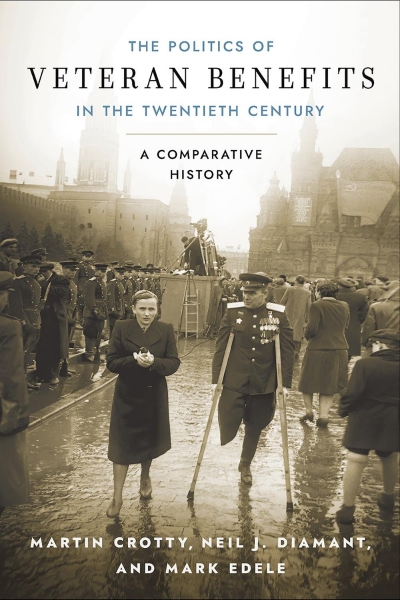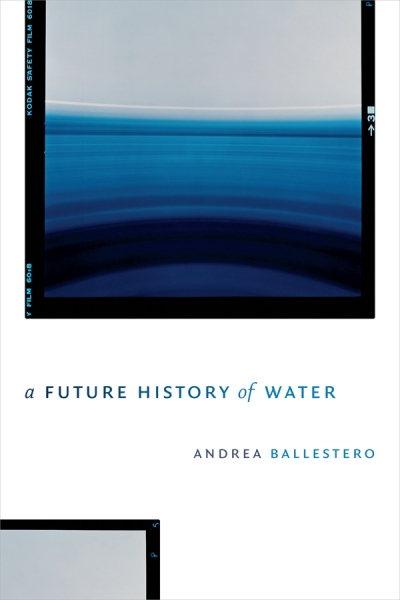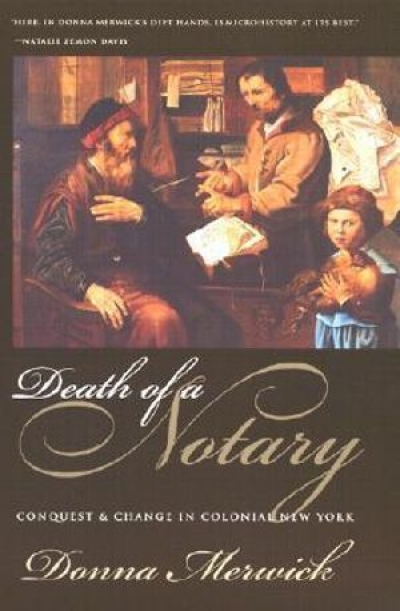This June I attended a major Aboriginal fire-management workshop in Barmah National Park on Yorta Yorta woka, or Country. Camping on the floodplain of Dhungala – the Murray River – the participants’ discussions of bushfire led repeatedly back to another elemental force: walla, or water. As several elders explained, the flammability of the surrounding red gum forest is inextricably linked to the industrial regulation of the river’s movements. Anthropogenic infrastructures such as Lake Dartmouth have turned the forest’s wetting regime ‘upside down’, repurposing a millennia-old ecological pattern to capture spring floods and create summer flows. One perverse outcome, as Yorta Yorta man Corey Walker said, is that holidaymakers experience the river as rich in water. When urbanites encounter news reports of plunder in the wider Murray–Darling Basin, the channelling of its vitality into irrigation, they think back to summer breaks and long Invasion Day weekends enjoying a generous current, likely unaware that those flows were a gift from water authorities sending a strategic pulse through the system.
...
(read more)




